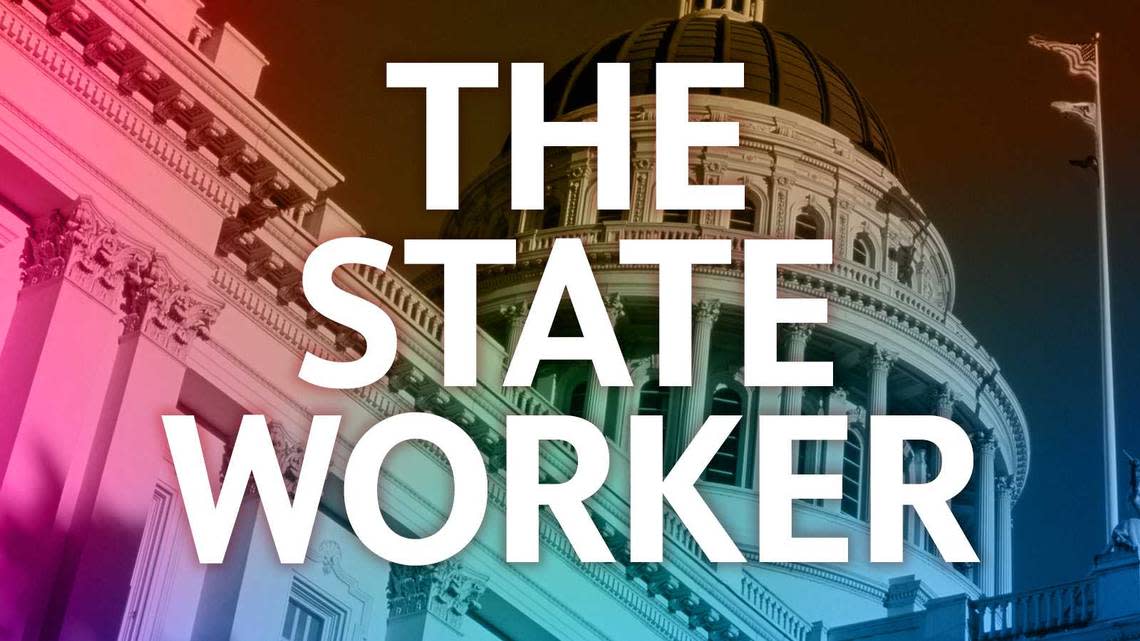Can I still vote on the SEIU 1000 contract? Yes. And you can cast a ballot electronically

- Oops!Something went wrong.Please try again later.
Members of California’s largest state worker union have until Friday evening to vote on a tentative agreement that raised some eyebrows (and a few tempers) when it was announced last month.
The proposed three-year contract, which union leaders characterized as a win, would give workers raises of at least 9% with the potential for more depending on their job classifications and overall economic conditions.
Now it’s time for members to vote on the measure. Dues-paying members can cast their ballots in three ways:
▪ Go to an in-person voting site, listed online at seiu1000.org/post/meeting-region
▪ Request a mail-in ballot and return it by 5 p.m. Friday
▪ Vote electronically by signing up to attend an online meeting via Zoom and then receiving a URL link to a ballot.
Electronic voting is a new option for members this year, said Irene Green, the union’s vice president for bargaining. In the past, Local 1000 has offered in-person voting and mail ballots upon request, she said.
Still, some Local 1000 members have raised concerns about voting access.
“A lot of members were asking, ‘Why they don’t automatically send out ballots to people who are members?’” said Francesca Wander, a Local 1000 member and part of the Regional Organizing Committee. “Instead the union put the burden on the membership, which is not a particularly efficient way to encourage vote by mail.”
Wander also noted that members who chose to vote in person or by Zoom were strongly encouraged or required to watch a video promoting the contract — what Wander called a “propaganda infomercial.”
“It just seems like it’s a little bit heavy-handed,” she said.
Green said members have always been required to attend a meeting at some point before voting.
Kate Bronfenbrenner, a labor expert and professor with Cornell University’s School of Industrial and Labor Relations, isn’t surprised that Local 1000 requires members to request absentee ballots, show up in person or sign up for an online link. She pointed out that prior to the COVID-19 pandemic, the only options for union elections were in-person and mail-in ballots. For a local as large and spread out as Local 1000, requiring that extra step to receive a ballot could serve not as a barrier to participation, as members like Wander might characterize it, but as a way to ensure election integrity.
“I think this is a trend in both electoral politics and in the labor sector to encourage participation in democracy,” Bronfenbrenner said of absentee and electronic voting. “But, at the same time, protect from or not make any opportunities for fraud. You have to do both.”
